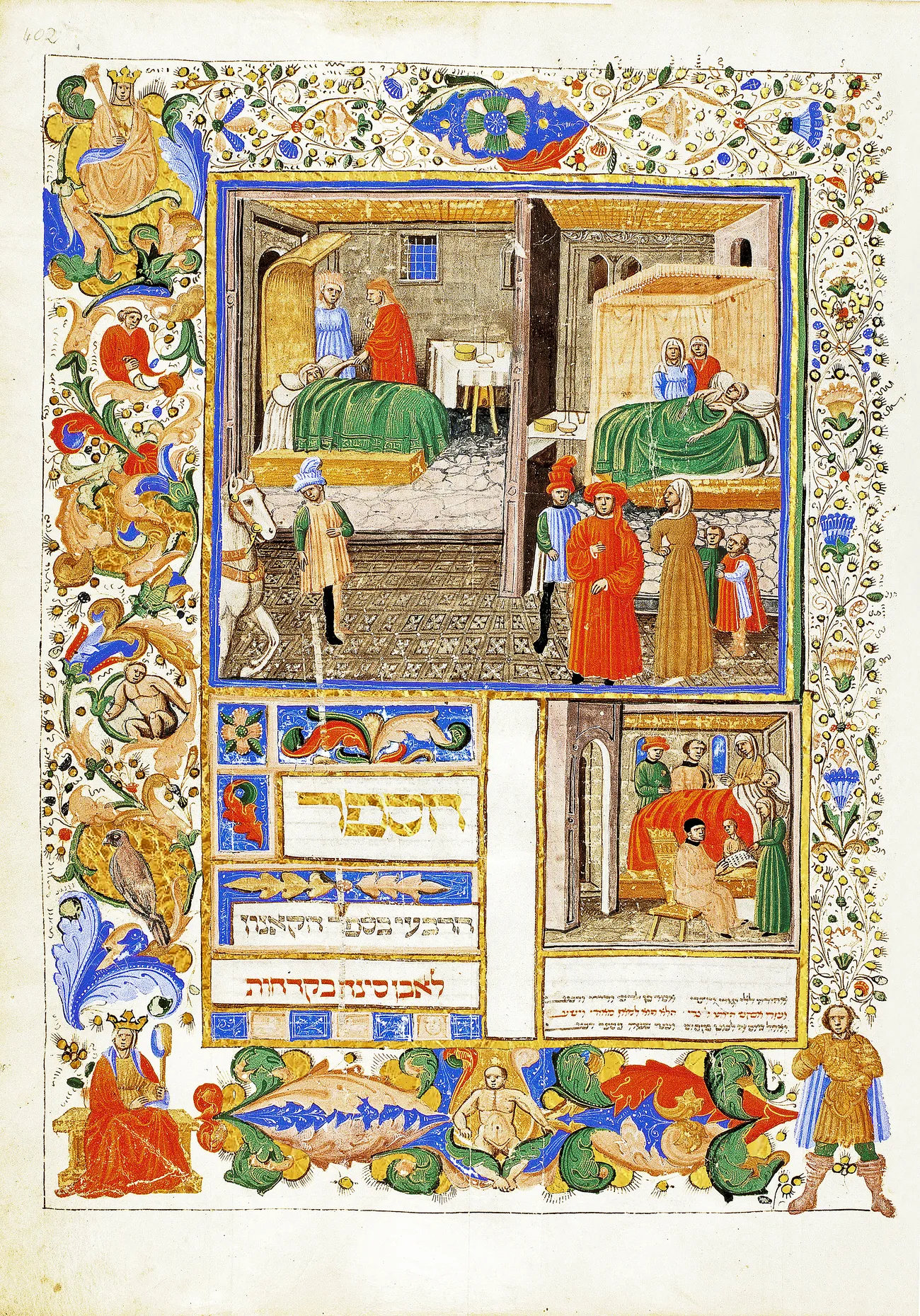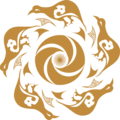The first book deals with the general aspects of medicine, the second deals with the study of simple medicines, the third studies the pathologies of individual parts or organs of the body, the fourth covers general diseases, and the fifth informs about the composition and methods of taking medicines. Translated between 1150 and 1187 by Gerard of Cremona (also known as Gerard de Cremona) in the famous Toledo translation school, the Canon spread widely as "Liber Canonis medicinae" and rapidly throughout Europe and became the main textbook for physicians over the following centuries. The sheer number of manuscripts copied in various languages and the countless printed editions over the centuries emphasize its popularity and importance. For about seven centuries, the Canon remained the most important guide for learning and medical practice in both the Islamic and Christian worlds. Only after the modern practical and experimental medicine began to develop slowly, the influence of Avicenna's theoretical and philosophical medicine begin to wane. But even modern developments would not have been possible without Ibn Sina's earlier contributions. Thus, Ibn Sina occupies a central place in the history of not only Islamic, but also European scientific thought.
You can learn more about the topic in the book-album "The Cultural Legacy of Uzbekistan in Italian Collections" (volume XXXII) in the series "The Cultural Legacy of Uzbekistan in World Collections".
The main sponsor of the project is the oilfield services company Eriell-Group.

